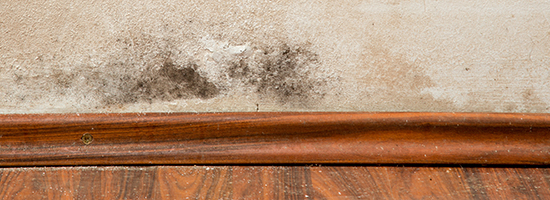We often get asked about dry lining a wall where rising damp has previously been treated with a damp proof course. The relationship between dry lining and rising damp is one to be carefully considered, as salts dragged up from the ground become present in the masonry and plaster. These salts increase the ability of the wall to absorb water, which can be worsened by other effects such as condensation and humidity.
The below information may help answer some common questions around this:

THE ISSUE OF DAMPM
The issue of damp is a complex one. When completing dry lining, you may regularly find a damp proof course has been used to treat damp. Damp exists in buildings when moisture enters the structure; predominantly through humidity / condensation, rain penetration and rising damp, and can lead to masonry or plaster smelling.
HUMIDITY AND CONDENSATION
Humidity and condensation is borne out of a lack of ventilation within a property, resulting in water vapour becoming trapped within porous walls, known as interstitial condensation. This can usually be spotted through steamed up windows. If condensation and humidity is causing walls to look damp, a dehumidifier should be installed to combat the problem.
RAIN PENETRATION
Rain penetration occurs most often in single-skin walls. It can also happen in cavity walls, too, through the process of tracking across wall ties, so keep an eye out. Brickwork with cracked pointing, and any exposed porous stones and bricks can all lead to issues. A simple re-pointing of the external walls can fix this.
RISING DAMP
Indoor moisture commonly starts at the base of walls, potentially from defective ground and surface drainage, however this can also be caused by heightening ground levels and the failure of ground drainage systems. Leaks and flooding from defective drainage and plumbing are also sources of moisture occurring on the base of walls in buildings.
When confronted with the issue of having to dry line a previously damp wall, after a damp proof course has been used to treat damp, double check the masonry to make sure the damp proof course is doing its job. After this, you can use our Gyproc plasterboard along with our Thistle Multi Finish plaster to ensure a good finish.

Contact us to find out more
Need to know more about the hazards of dry lining a previously damp wall? Don’t hesitate to contact us to find out more, or ask any questions you might have. Our professional and courteous staff are always on hand to help out.

